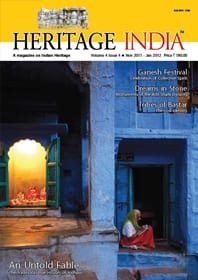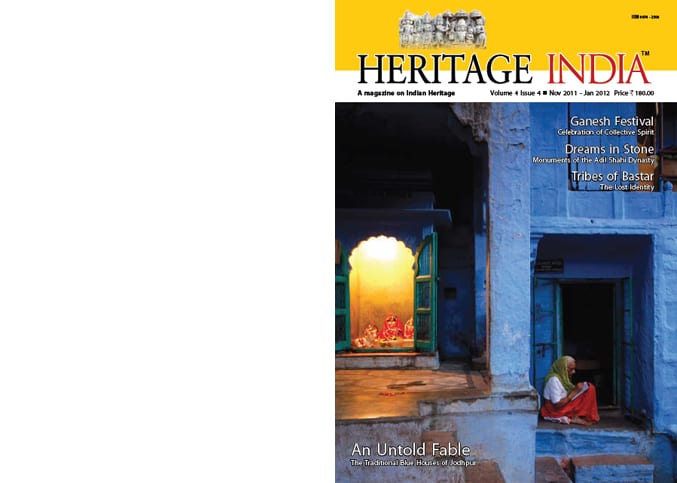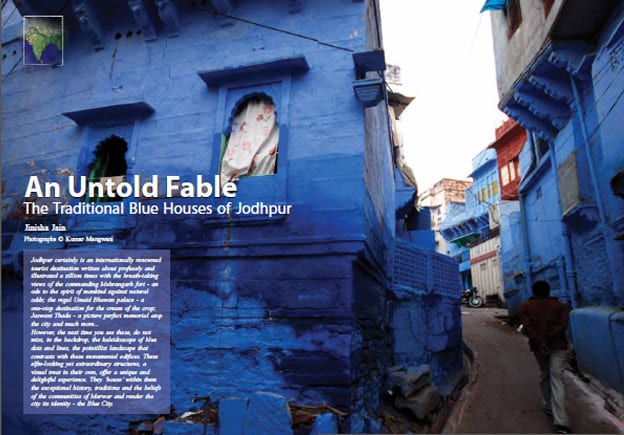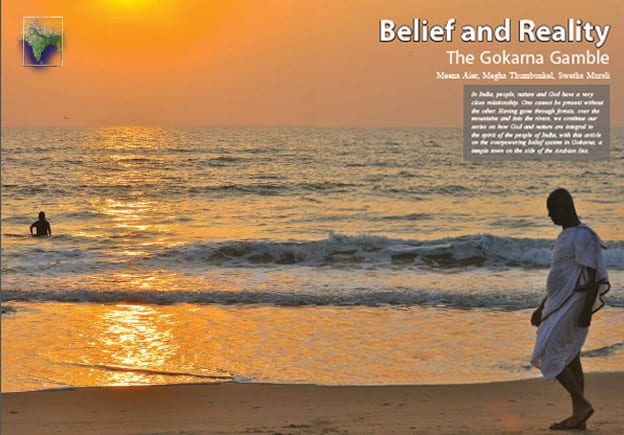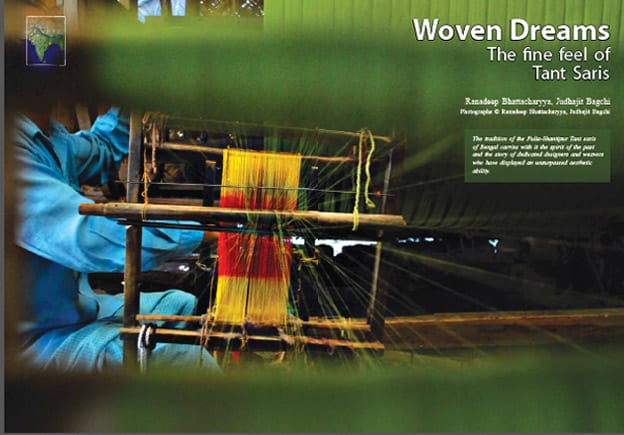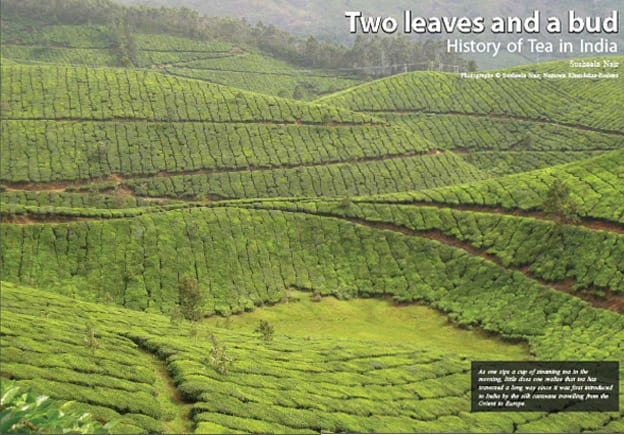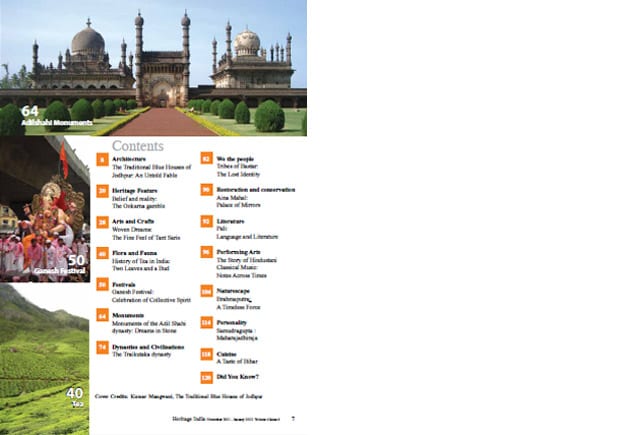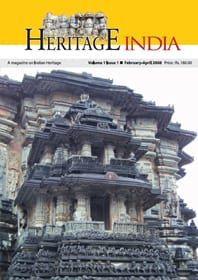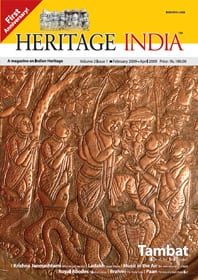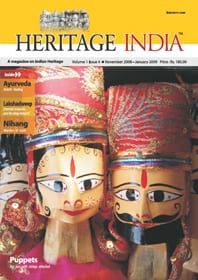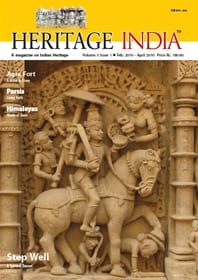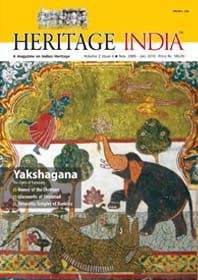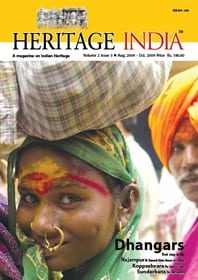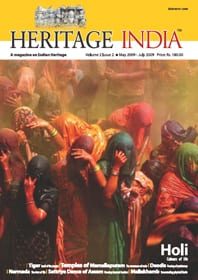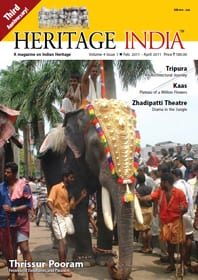Description
Our sixteenth issue takes you to the stunning blue houses of Jodhpur in Rajasthan. From Jodhpur, travel down to the charming Gokarna beach. Get a behind-the-scenes glimpse of how tea is made in Darjeeling and how Tant saris are woven! This issue also features articles on the Pali language, the Traikutaka dynasty, the Emperor Samudragupta, and the monuments of the Adil Shahi dynasty. Also celebrate the Ganesh festival, revel in the Hindustani classical music and get a taste of Bihari cuisine!
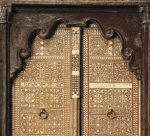
 As one sips a cup of steaming tea in the morning, little does one realise that tea has traversed a long way since it was first introduced to India by the silk caravans traveling from the Orient to Europe.
As one sips a cup of steaming tea in the morning, little does one realise that tea has traversed a long way since it was first introduced to India by the silk caravans traveling from the Orient to Europe.
Susheela Nair
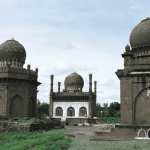 Beneath architectural monuments stretch the roots of history. Every remaining creation of the past is a result of the aspirations and visions of individuals to build beautiful spaces that reflect the very essence of their power and grandeur. A good example is Bijapur, the Capital city of the Adil Shahi Kingdom.
Beneath architectural monuments stretch the roots of history. Every remaining creation of the past is a result of the aspirations and visions of individuals to build beautiful spaces that reflect the very essence of their power and grandeur. A good example is Bijapur, the Capital city of the Adil Shahi Kingdom.
Md Masarrath Ali Khan
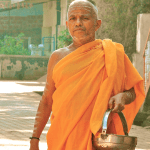 In India, people, nature and God have a very close relationship. One cannot be present without the other. Having gone through forests, over the mountains and into the rivers, we continue our series on how God and nature are integral to the spirit of the people of India, with this article on the overpowering belief system in Gokarna, a temple town on the side of the Arabian Sea.
In India, people, nature and God have a very close relationship. One cannot be present without the other. Having gone through forests, over the mountains and into the rivers, we continue our series on how God and nature are integral to the spirit of the people of India, with this article on the overpowering belief system in Gokarna, a temple town on the side of the Arabian Sea.
Meena Aier, Megha Thumbunkel, Swetha Murali
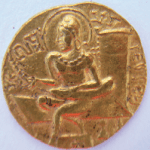 This lofty column, as it were an arm of the earth, stands in testimony of the fame, reaching the heaven, gained through conquests by Maharajadhiraja, the glorious Samudragupta … who was looked upon with envy by his siblings while he was embraced by his father, the celebrated Chandragupta and bidden, “Verily, you are worthy; govern the world”… and the courtiers breathed a sigh of relief.
This lofty column, as it were an arm of the earth, stands in testimony of the fame, reaching the heaven, gained through conquests by Maharajadhiraja, the glorious Samudragupta … who was looked upon with envy by his siblings while he was embraced by his father, the celebrated Chandragupta and bidden, “Verily, you are worthy; govern the world”… and the courtiers breathed a sigh of relief.
Shreenand L Bapat
 Between the 4th and 6th century CE ruled a dynasty called the Traikutakas in western India. Although they had a short rule, their coins, copper plates and monuments have helped us in understanding the history of this period.
Between the 4th and 6th century CE ruled a dynasty called the Traikutakas in western India. Although they had a short rule, their coins, copper plates and monuments have helped us in understanding the history of this period.
Suraj A Pandit
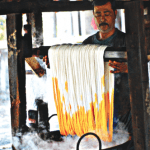 The tradition of the Fulia-Shantipur Tant saris of Bengal carries with it the spirit of the past and the story of dedicated designers and weavers who have displayed an unsurpassed aesthetic ability.
The tradition of the Fulia-Shantipur Tant saris of Bengal carries with it the spirit of the past and the story of dedicated designers and weavers who have displayed an unsurpassed aesthetic ability.
Ranadeep Bhattacharyya, Judhajit Bagchi
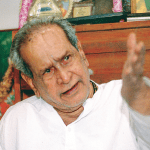 In a previous issue we explored the story of music in early India. Here we continue our exploration into Medieval and Modern times.
In a previous issue we explored the story of music in early India. Here we continue our exploration into Medieval and Modern times.
Rajendra Kandalgaonkar & Ambarish Khare
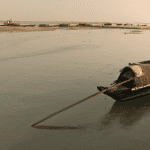 Brahmaputra, the lifeline of northeast India, is undoubtedly one of Asia’s most splendid rivers. The River, which is almost 3000 km long, is known by different names in the three countries it flows through – China, India and Bangladesh. Its uniqueness also lies in the fact that it represents and bridges three major religions: Hinduism, Buddhism and Islam, making it a virtual cultural consommé.
Brahmaputra, the lifeline of northeast India, is undoubtedly one of Asia’s most splendid rivers. The River, which is almost 3000 km long, is known by different names in the three countries it flows through – China, India and Bangladesh. Its uniqueness also lies in the fact that it represents and bridges three major religions: Hinduism, Buddhism and Islam, making it a virtual cultural consommé.
Sunil Vaidyanathan, Shayoni Mitra
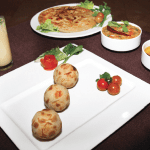 The land’s culinary heritage brings about an extraordinary amalgamation of Buddhist vegetarianism with Mughal meat-eating traditions.
The land’s culinary heritage brings about an extraordinary amalgamation of Buddhist vegetarianism with Mughal meat-eating traditions.
Ashishwang Godha
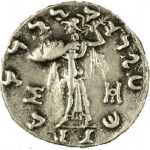 Pali holds a unique position on the linguistic map of India. Historically, it stands between the ancient language of the Vedas on the one hand and the classical Sanskrit and Middle Indic Prakrit languages on the other. Because of this unique position, it shares characteristics of all these languages.
Pali holds a unique position on the linguistic map of India. Historically, it stands between the ancient language of the Vedas on the one hand and the classical Sanskrit and Middle Indic Prakrit languages on the other. Because of this unique position, it shares characteristics of all these languages.
M A Deokar
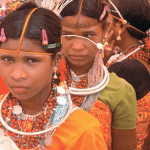 There was a time when Bastar was truly the very heartland of tribal India. Ancient social, religious and cultural beliefs and customs setting it apart as ‘melting pot of races’.
There was a time when Bastar was truly the very heartland of tribal India. Ancient social, religious and cultural beliefs and customs setting it apart as ‘melting pot of races’.
Keval Shah, Neha Kedia
 Jodhpur certainly is an internationally renowned tourist destination written about profusely and illustrated a zillion times with the breath-taking views of the commanding Mehrangarh fort – an ode to the spirit of mankind against natural odds; the regal Umaid Bhawan palace – a one-stop destination for the cream of the crop; Jaswant Thada – a picture perfect memorial top the city and much more…
Jodhpur certainly is an internationally renowned tourist destination written about profusely and illustrated a zillion times with the breath-taking views of the commanding Mehrangarh fort – an ode to the spirit of mankind against natural odds; the regal Umaid Bhawan palace – a one-stop destination for the cream of the crop; Jaswant Thada – a picture perfect memorial top the city and much more…
However, the next time you see these, do not miss, in the backdrop, the kaleidoscope of blue dots and lines, the pointillist landscape that contrasts with these monumental edifices. These elfin-looking yet extraordinary structures, a visual treat in their own, offer a unique and delightful experience. They ‘house’ within them the exceptional history, traditions and the beliefs of the communities of Marwar and render the city its identity – the Blue City.
Jinisha Jain

